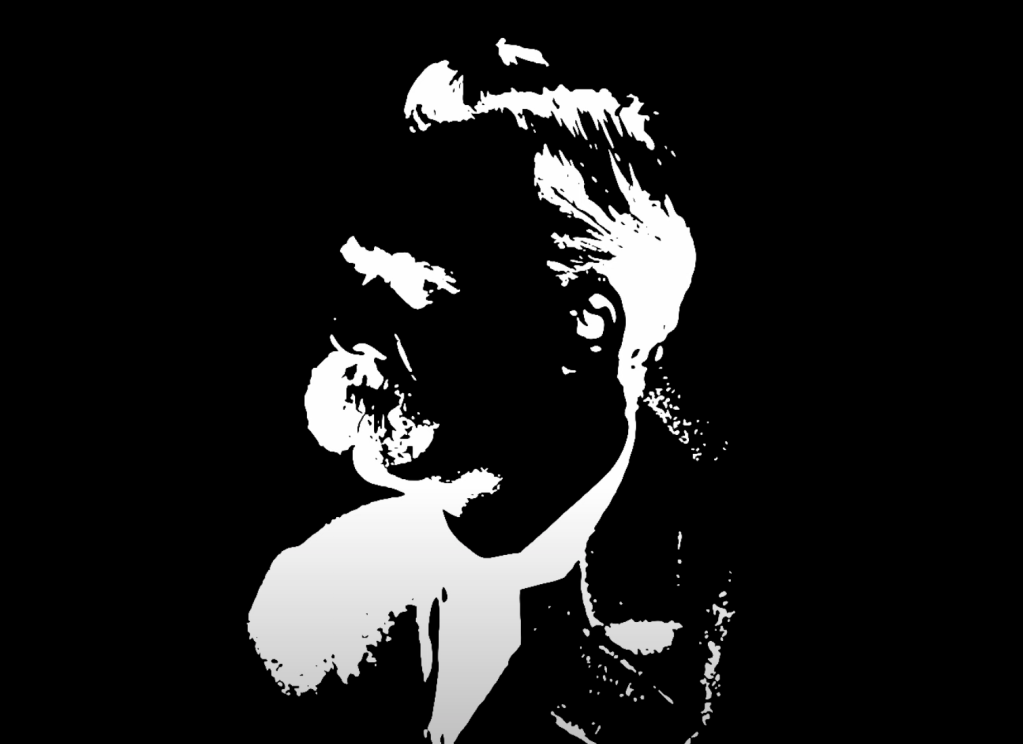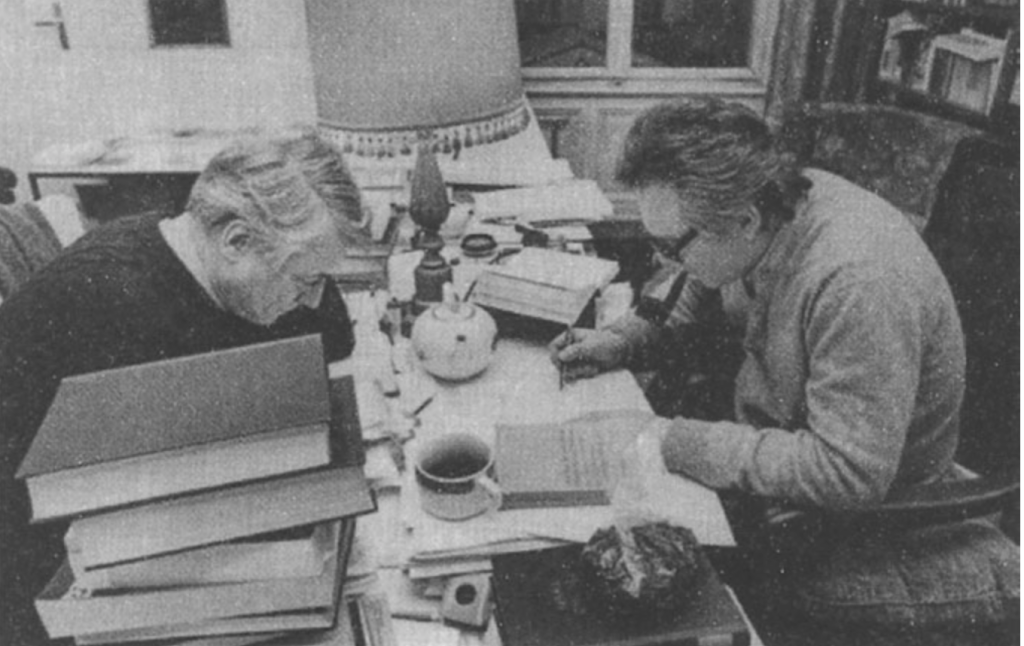Hegel’s idea of self-alienated spirit has much in common with the state of jahiliyya in Islam. It also has similarities to the Hindu state of “kali-yuga,” a state of existence where all of the material world is chaotic, off balance with the spiritual and transcendental realms. This concept of self-alienated spirit is what Marx developed into his core notion of alienation, and Sartre applied to modernity write large.
In a previous post about Nietzsche and Islam, I noted how Nietzsche’s concept of ‘soul’ has many similarities to the idea of jahiliyya in the Islamic tradition. I noted two scholarly differences within Islam, one from Syed Qutub, who argued that jahiliyya is a form of corrupt human nature intrinsic to the soul of humans. The second view I contrasted is that espoused by Ibn Khaldun, who argues that jahiliyya stems from a corrupt social order – a fall from the Rashidun model of state that the prophet Muhammad modeled in Medina.
Hegel’s chapter on the “Unhappy Consciousness” from the Lordship and Bondage section of the Phenomenology of Spirit discusses a similar state of societal corruption, or what he refers to as culture that leads to what he calls “self-alienated spirit.” Self alienated spirit involves a phenomenon where all values are reversible, where everything is insubstantial and superficial. This state of society leads to a way of action in the material world that involves, “a play of masks and changeable surfaces. The constant dissolution and reconfiguration of identities with no anchor in a final self-presence.” This is described by Hegel as, “the nihilistic game of culture, a form of consciousness he terms as self-alienated spirit.”
It is unclear whether self-alienated spirit applies to a particular period of time (most likely it was feudalism) or if it actually extends to the pre-bourgeois period. Or is self-alienated spirit intrinsic to human nature as jahiliyya is to Qutub?

Sartre and other early twentieth century existentialist thinkers adopted and then applied self-alienated spirit to society, and diagnosed society as under the spell of self-alienated spirit, signs of which were pervasive nihilism, and decadence. For Hegel, both this self-alienated spirit is actually a form of consciousness that is necessary for the realization and ultimate sublation of the absolute. It could be argued that Qutub’s view of jahiliyya is similar in so far as the soul is inherently corrupted and seeks purification. While both views are metaphysical necessities, both are also stage-based, they are intrinsic to human development.
It also seems fairly clear that the application of self-alienated spirit to culture or social formations is also common for Muslim philosophers from Ibn Khaldun to Syed Qutub, as well as Hegel and his predecessors.



Leave a comment